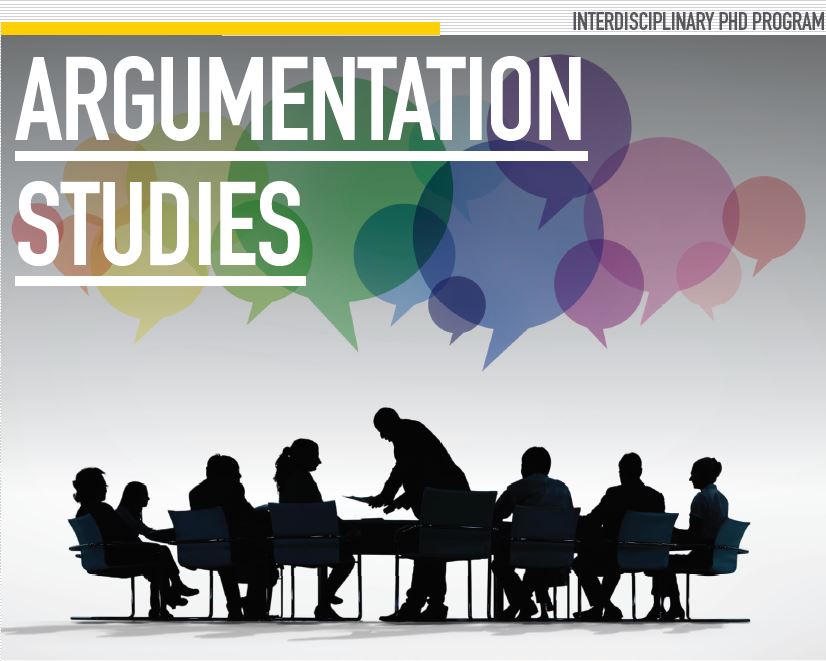Location
Brock University
Document Type
Paper
Start Date
15-5-1997 9:00 AM
End Date
17-5-1997 5:00 PM
Abstract
When architects, designers, and planners map out the physical space of our urban and regional geography, they also map out the discursive space of our everyday lives. This paper is an exploration of the rhetorical norms implicit in contemporary urban design. I examine three theories of the "good city": Jane Jacobs' The Death and Life of Great American Cities (1961), Christopher Alexander's A Pattern Language: Towns, Buildings, Construction (1977), and Peter Katz's The New Urbanism: Toward an Architecture of Community (1994). I close by proposing a set of civic problems shared by designers and rhetoricians.
Creative Commons License

This work is licensed under a Creative Commons Attribution 4.0 International License.
Response to Submission
Ernest Sternberg, Commentary on Flemming
Reader's Reactions
Ernest Sternberg, Commentary on Flemming (May 1997)
Included in
Housing Rhetoric: Argumentation and City Planning
Brock University
When architects, designers, and planners map out the physical space of our urban and regional geography, they also map out the discursive space of our everyday lives. This paper is an exploration of the rhetorical norms implicit in contemporary urban design. I examine three theories of the "good city": Jane Jacobs' The Death and Life of Great American Cities (1961), Christopher Alexander's A Pattern Language: Towns, Buildings, Construction (1977), and Peter Katz's The New Urbanism: Toward an Architecture of Community (1994). I close by proposing a set of civic problems shared by designers and rhetoricians.

